Canada Beef Performs Newsletter
We respect your right to privacy. We will not share or distribute your personal information and you can opt out anytime. ~Canada Beef
Canadian beef is graded by certified Canadian Beef Grading Agency personnel.
Each quality attribute requirement must be satisfied to qualify for the Canada AA,
Canada AAA and Canada Prime grades and any deficiency cannot be offset
by other traits.
In Canada, our strict national standards for beef grading are designed to support an objective, science-based assessment to ensure consistent quality for suppliers and the end consumer.
Dr. Oscar Lopez-Campos, Research Scientist (Carcass Grading), Agriculture and Agri-Food Canada
The assessment of marbling is made by certified graders after the carcass is chilled for 24 to 48 hours. The amount and distribution of fat deposits is evaluated using the cut surface of the rib eye between the 12th and 13th rib. Marbling contributes significantly to eating quality by enhancing flavour and juiciness and perceived tenderness
| GRADE | MARBLING CLASS |
|---|---|
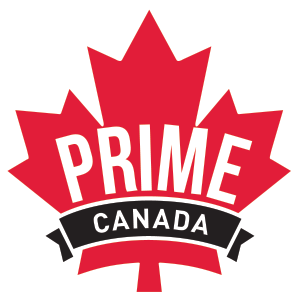 | Abundant Moderately Abundant Slightly Abundant |
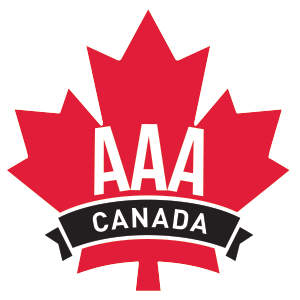 | Moderate Modest Small |
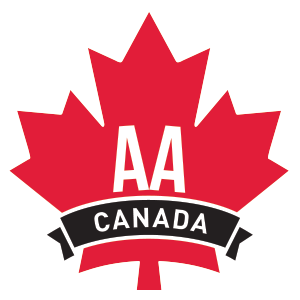 | Slight |
| Grade | Marbling** | Maturity*** | Meat Colour | Fat Colour | Muscling | Meat Texture** |
|---|---|---|---|---|---|---|
 | Slightly Abundant | Youthful | Bright red only | No yellow fat permitted | Good muscling or better | Firm only |
 | Small | Youthful | Bright red only | No yellow fat permitted | Good muscling or better | Firm only |
 | Slight | Youthful | Bright red only | No yellow fat permitted | Good muscling or better | Firm only |
Sam, int la voluptatur? Nieniscium exped mod molum lis adistrum rehende volupture velitemolore natis bis excea quo qui dolenit quiducil maximi, conet quia conse quiamustem vendio conse proriaspis ut aut pa est acepta alis aut
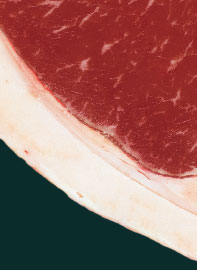
Consumers consider meat and fat colour as important indicators of beef quality and freshness. To qualify as Canada AA, Canada AAA or Canada Prime the carcass must have bright red meat colour and the fat cannot have a yellow tinge.
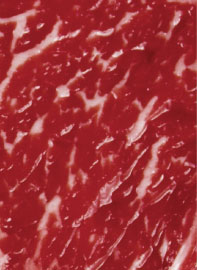
To assess marbling, the exposed cross-section of the ribeye muscle is evaluated for the amount, size and distribution of intramuscular fat deposits. Official photographic standards are utilized to ensure consistent and accurate assessment of marbling levels.
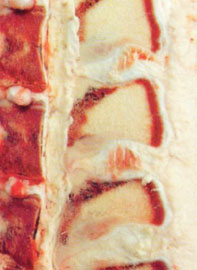
The Canada AA, Canada AAA or Canada Prime quality grades require that the maturity must be assessed as youthful on the basis of skeletal development observed in the split carcass. A younger age at harvest enhances.
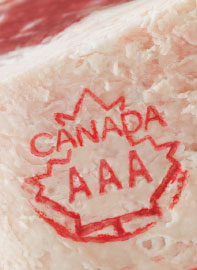
When all required examinations have been completed the grade is applied using edible ink. The official grade stamp is applied to the short loin and rib of both sides of the carcass. Grading stamps are maintained at all times under the supervision of the Canadian Beef Grading Agency.
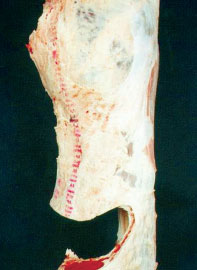
To qualify for the Canada AA, Canada AAA and Canada Prime grades the fat cover must be assessed as firm and consistent. Optimal fat cover enables the carcass to cool
in a way which maximizes eating quality.

Beef texture must be firm to meet the requirements for high-quality Canadian beef. Texture influences how the beef feels in the mouth during chewing, and is an important contributor to eating quality and consumer satisfaction.
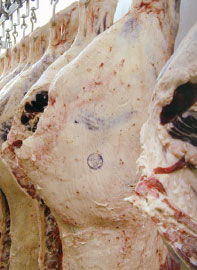
A well-muscled side will provide high yields and permit more efficient fabrication into cuts. Canada’s high-quality beef grades do not permit carcasses with deficient muscling.